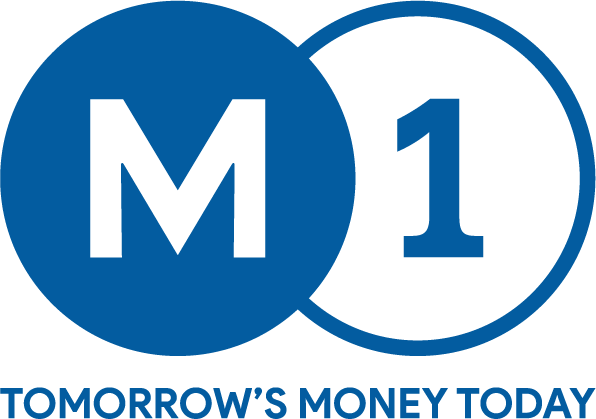Micro Small and Medium Enterprises (MSMEs) have been a much-ignored sector in our country and it started to evolve considerably post the independence. It has progressed in scale and in the scope of business activities over the last couple of years. MSMEs are present across sectors (manufacturing, trade and services) in India, thereby constituting a formidable component of the country’s outstanding economic growth. The current industry size is expected to be between Rs 30,000 to Rs 50,000 crore. It is an engine of growth and employment generation in the country. The sector has always discussed problems arising due to scarcity of capital.
MSMEs have always been finding it very hard to convert their trade receivables into liquid funds. Thus, the RBI came forward to give effective solution to the pan-India issue and it defined Trade Receivables Discounting System (TReDS) as the institutional mechanism for financing of trade receivables of MSMEs from corporate buyers through multiple financiers at a competitive rate. The model of TReDS is outlined under the Payment and Settlement System (PSS) Act, 2007. The activities are subject to supervision of the RBI. There are three participants involved: (i) MSME sellers, (ii) Corporate buyers, and (iii) Financiers (both banks and NBFIs). In 2015, RBI gave in-principle approval to three different entities to implement TReDS online – Mynd Solutions, Axis Bank and a joint venture between National Stock Exchange and Small Industries Development Bank of India (SIDBI).
TReDS deals with discounting of both invoices and bills of exchange. It is well-equipped to deal with both receivables factoring as well as reverse factoring to facilitate higher transaction volumes and better pricing. The main purpose of TReDS platform is to facilitate smooth flow of liquidity in the system and make available the finance at a competitive rate. As soon as the bills are raised by the MSMEs and approved by large corporates on TReDS platform, banks or financiers can bid for them based on the risk rating of large corporates. MSMEs will receive their dues from the banks or financiers without waiting for the credit period agreed with large corporates.
The KYC documentation to know the MSME is simple. There is a one-time agreement between various participants and TReDS.
With deeper penetration of internet in more and more tier 2 and 3 markets along with the metros, almost all the trade related transactions have already been digitized or are in the process of getting digitized. It is only the adoption by various stake holders that is taking time. The banks and fintechs are fine tuning these processes in digital formats and making it more attractive for the stake holders. This will improve the adoption of digital way of doing trade transactions. This disruption is happening globally and India is one of the front runners in this initiative under the aegis of the RBI.
Mynd Solution’s M1xchange has been operational since April 2017 and the transaction flow for all participants on the exchange has smoothened out. The experience by MSMEs for smooth flow of liquidity rough M1 Exchange has been encouraging for the industry. The cost of funds for MSMEs has reduced as banks are bidding basis the risk rating of a corporate. The reduced transaction costs vis-à-vis offline market has benefited the MSMEs tremendously. The participating banks are also benefiting through the platform as cost of acquisition and servicing the business has reduced substantially. Further the MSME funding on platform will qualify for priority sector lending (PSL) criteria, thereby enhancing the compliance for the banks. The corporates (buyers) are able to optimize working capital and save on finance cost, have one time documentation, enjoy scalability and have multiple financier on a single platform.
In the next few months, the adoption and transaction on the TReDS online will pick up more speed as lots of corporates and MSMEs and financiers are signing by the day to get attached to this model, thereby changing the face of how business is being done today.

